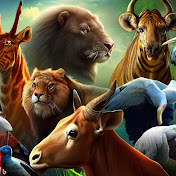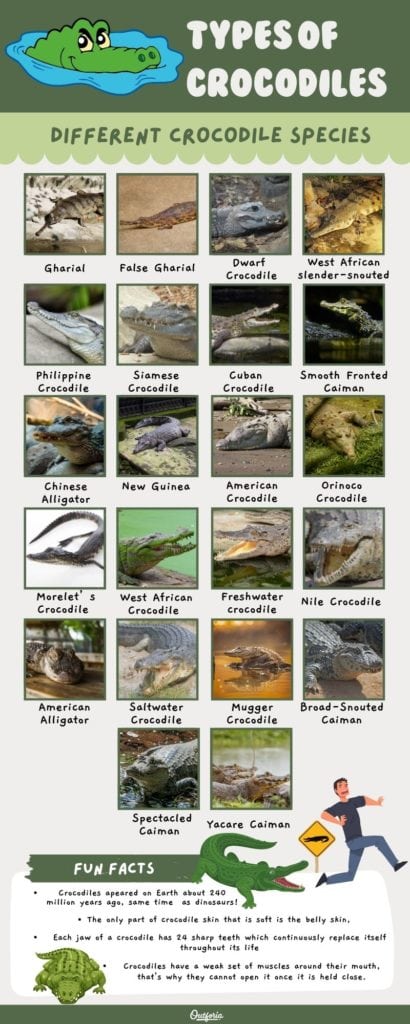WILDLIFE CONSERVATION
.jpeg)
Wildlife conservation is protecting plant and animal species and their habitats. Biodiversity is at the heart of the world’s ecosystems. This means that wildlife conservation aims to safeguard the variety and richness of life on Earth, which supports the health and functioning of natural systems.
Nature conservation for biodiversity includes marine and terrestrial life. It covers both land and water habitats, and the species that depend on them. For example, coral reefs, wetlands, forests, grasslands, and polar regions are all important areas for biodiversity conservation.
Scientists estimate that current extinction rates are about a thousand times higher than expected based on the fossil record. Some species are disappearing at an alarming rate, much faster than the natural background rate of extinction. The fossil record is the preserved remains or traces of organisms from the past, which can help estimate how many species existed and went extinct over time.
- The main factors driving biodiversity loss include:
- habitat destruction which is the loss or degradation of natural habitats due to human activities such as agriculture, logging, mining, urbanization, or climate change
- climate change which is the alteration of global or regional climate patterns due to the increase of greenhouse gases in the atmosphere, mainly caused by burning fossil fuels
- invasive species which are non-native organisms that spread rapidly and harm native species, ecosystems, or human activities
- overexploitation which is the excessive use of natural resources such as wildlife, plants, fish, or water beyond their capacity to recover
- pollution which is the introduction of harmful substances or energy into the environment, such as chemicals, plastics, noise, or heat
- Yet, animals and plants are responsible for vital services like:
- Oxygen production which is the process of releasing oxygen into the air as a by-product of photosynthesis, mainly done by plants and algae
- Water regulation which is the process of controlling the flow and quality of water in an ecosystem, mainly done by wetlands and forests
- Soil retaining which is the process of preventing soil erosion by wind or water, mainly done by plants and fungi
- Providing flood protection which is the process of reducing the impact of floods by absorbing excess water or slowing down runoff, mainly done by wetlands and forests
- Regulating climate which is the process of influencing the temperature and precipitation patterns in an ecosystem, mainly done by forests and oceans
- Preventing erosion which is the process of protecting the land surface from being worn away by wind or water, mainly done by plants and fungi
- More plant and animal species are in danger of extinction without nature conservation. Without fundamental changes, by 2050 every 6th animal species will be lost to extinction. This means that wildlife conservation is urgent and necessary to prevent further loss of biodiversity and its benefits for humans and nature. According to a study published in Science Advances in 2015, one in six species could face extinction by 2050 if current trends continue.
- If an animal becomes extinct, it affects the whole ecosystem due to changes in the food chain, for example:
- A predator eating certain animals prevents those animals becoming too numerous and over-eating certain plants in an area. This means that predators help maintain a balance between herbivores and plants in an ecosystem. For example, wolves can control deer populations and prevent them from overgrazing vegetation.
- Even tiny insects matter. For example, without bees
and other pollinating insects, many plants cannot reproduce.
This means that insects play a crucial role in plant reproduction and food production. For example, bees pollinate about one-third of the crops that humans consume.
- Forest conservation is vital to protecting nature as forests are home to over 60% of different tree species, 80% of amphibian species, 75% of bird species, and 68% of mammal species. This means that forests are among the most biodiverse ecosystems on Earth, hosting a large number of plant and animal species. Forests also provide many ecosystem services such as carbon sequestration, water purification, soil formation, and climate regulation.🍏🍏🍏🍎🍎🍅🍅🎁










No comments:
Post a Comment